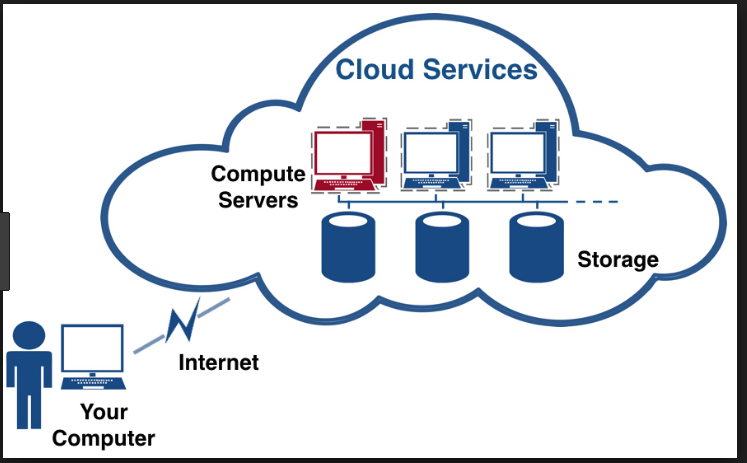Cloud computing provides a simple way to access servers, storage, databases and a wide range of application services over the Internet. This is called cloud computing because the information you access is in the cloud and does not require a user to be in a specific location to access it. This type of system allows employees to work remotely. You can access as many resources as you want, almost instantly, and pay only for what you use. The consumer does not manage or control the underlying cloud infrastructure such as the network, servers, operating systems, storage or even individual application features, with the possible exception of the configuration settings of application specific to a user. We must keep in mind some concepts related to cloud computing.
Cloud Self Services On Demand Self Service
For example, if your IT team were pressured to add or modify software, platforms, or infrastructures and make them available to your users, they should be able to make these additions instantly.
Ubiquitous network access
It is easily accessible to anyone with access to the Internet. You can access it anytime, from anywhere. This benefit is crucial for all aspects of your organization. Your team only needs an internet connection. It can connect and use all of the company’s applications and systems, including all of its data and resources, wherever it is. This can be vital for remote workers, such as street vendors trying to make this crucial sale.
Transparent pooling of resources
By pooling your resources in a cloud, you can use your software, platforms, and infrastructure through shared services, allowing your users to get the most out of your assets. Clustering strategies include data storage services, processing services, and bandwidth provisioning services. This provides organizations with enormous economies of scale and gives them the means to fully join the global office. As your workforce moves from one day to another around the world, your team on the other side can get up and continue working on the same platforms, applications and infrastructure. The cloud allows you to sweat your assets wherever you are.
Fast elasticity
The ability to scale automatically in the cloud eliminates much of the risk associated with scoping requirements for technology projects. With traditional onsite environments, if you minimize the design of an environment and its requirements are higher than expected, you will lose revenue. Conversely, if you exceed targets and sales are lower than expected, you increase costs unnecessarily. The ability to scale your infrastructure at will allows you to design environments with a degree of confidence not available with traditional models.
Payment to measured use
Resource utilization can be monitored, monitored and reported, providing transparency to both the provider and the consumer of the service being used. In addition, this allows a much more predictable and tightly controlled method of financial accounting, moving from Cap-Ex budgeting to operational budgeting.
